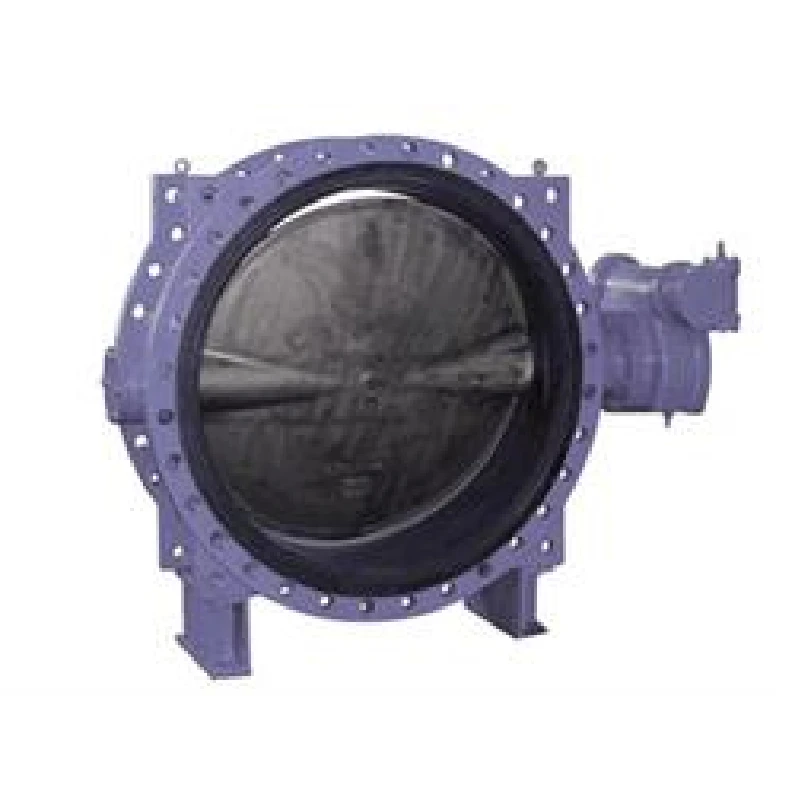9 月 . 15, 2024 04:32 Back to list
flange butterfly valve
Understanding Flange Butterfly Valves
Flange butterfly valves are an essential component in many industrial applications, particularly in systems involving the control of fluids and gases. These valves are designed to regulate the flow of media through pipes, and their unique features make them a popular choice among engineers and operators alike.
The primary function of a flange butterfly valve is to enable or disrupt the flow of a substance. The valve mechanism comprises a circular disc or vane that rotates around a central axis, partially obstructing the flow. When the disc is parallel to the flow, the valve is fully open, allowing maximum flow. Conversely, when it is perpendicular, the valve is fully closed, minimizing the flow to a near-zero level. This design not only allows for quick operation but also facilitates efficient and precise control over the flow rate.
One of the key attributes of flange butterfly valves is their construction. The valve body typically integrates with flanges on both ends, which allows for easy mounting in piping systems. These flanges provide a secure connection point, ensuring that the valve remains tightly fastened and leak-resistant. Flange sizes can vary, making it essential to select the appropriate size to match the existing piping configuration.
flange butterfly valve

Flange butterfly valves are favored in numerous sectors, including water treatment, chemical processing, and HVAC systems, due to their lightweight and space-saving design. Unlike traditional gate valves, which require significant vertical space to operate, butterfly valves can be installed in tighter spaces. This characteristic is particularly advantageous in environments where space is a premium, such as in offshore platforms or densely packed industrial sites.
Furthermore, the materials used in constructing flange butterfly valves are diverse, allowing them to handle various fluids, including corrosive chemicals and high-temperature substances. Common materials include stainless steel, cast iron, and PVC, each offering distinct advantages depending on the application. The choice of material plays a crucial role in ensuring the longevity and durability of the valve, as well as its ability to perform reliably under different pressure and temperature conditions.
Regular maintenance is crucial for the optimal performance of flange butterfly valves. Inspections should focus on checking for signs of wear, leakage, or distortion of the disc. Lubrication of the shaft is also essential to ensure smooth operation. By adhering to a regular maintenance schedule, operators can prevent costly downtimes and extend the lifespan of the valve.
In summary, flange butterfly valves are versatile, efficient control mechanisms ideal for various fluid handling applications. Their unique design, combined with the advantages of easy installation and maintenance, makes them a favorite choice in modern industrial settings. As industries continue to advance and demand higher efficiency, understanding the benefits and applications of flange butterfly valves remains essential for engineers and operators in the field.
Share
-
Understanding the Differences Between Wafer Type Butterfly Valve and Lugged Butterfly ValveNewsOct.25,2024
-
The Efficiency of Wafer Type Butterfly Valve and Lugged Butterfly ValveNewsOct.25,2024
-
The Ultimate Guide to Industrial Swing Check Valve: Performance, Installation, and MaintenanceNewsOct.25,2024
-
Superior Performance with Industrial Swing Check Valve: The Essential Valve for Any SystemNewsOct.25,2024
-
Industrial Swing Check Valve: The Ideal Solution for Flow ControlNewsOct.25,2024
-
You Need to Know About Industrial Swing Check Valve: Functionality, Scope, and PerformanceNewsOct.25,2024